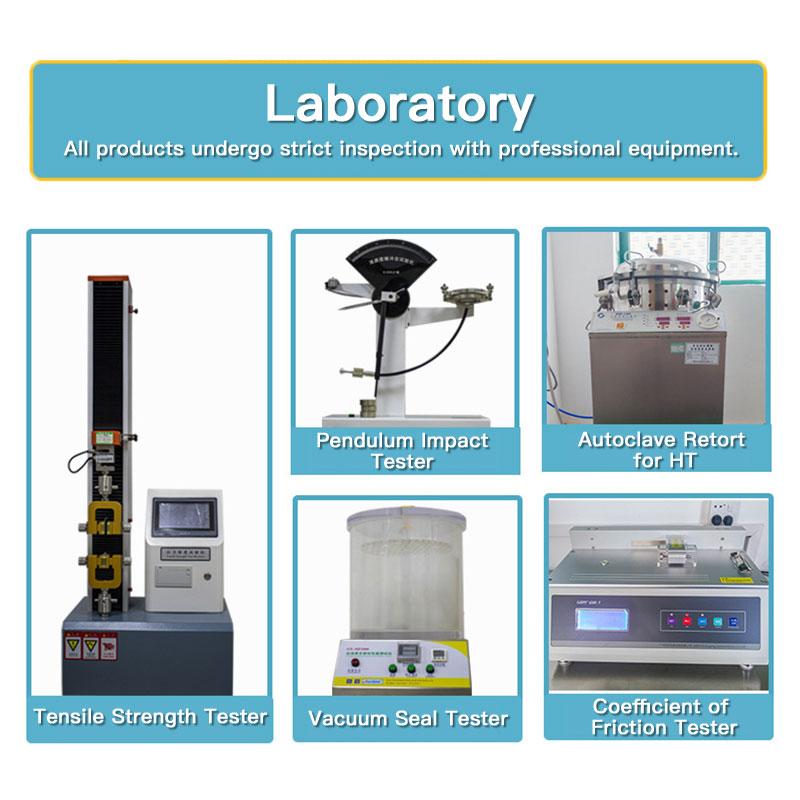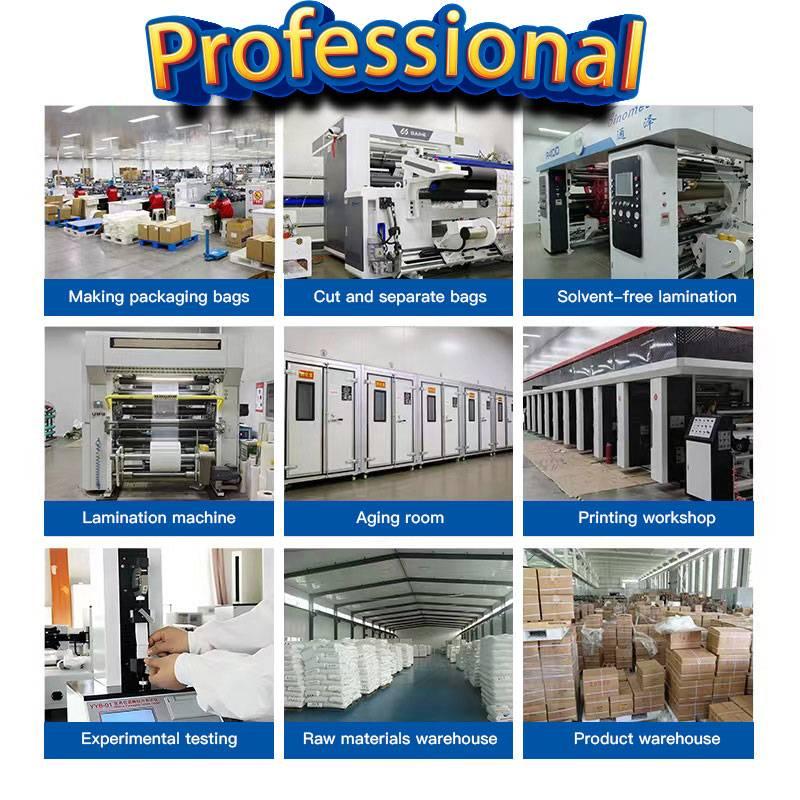Author:Tansox Packaging Poly Bags Manufacturer TIME:2025-03-19
When it comes to packaging nappies efficiently, choosing the right nappy packaging pouch is essential. These ensure high-speed, reliable, and durable packaging that enhances product protection and market appeal. With various models and technologies available, it’s crucial to consider factors such as automation level, sealing technology, material compatibility, and production capacity. This guide will explore the key features and considerations for selecting the best nappy packaging pouch for your business.

A nappy packaging pouch is a specialized piece of equipment designed to package diapers into flexible pouches efficiently. These help manufacturers maintain hygiene standards, improve packaging aesthetics, and optimize production speed. They come in different configurations, including fully automatic, semi-automatic, and manual models, depending on production needs and budget.
One of the most crucial factors in choosing a nappy packaging pouch is its level of automation.
Fully automatic : These offer high-speed operations with minimal manual intervention, making them ideal for large-scale production. They provide precise sealing, cutting, and filling functions, reducing labor costs and increasing efficiency.
Semi-automatic : These require some manual input but are more affordable and suitable for medium-scale production. They offer flexibility while maintaining a balance between cost and efficiency.
Selecting the right level of automation depends on your production volume and budget constraints.
The sealing mechanism of a nappy packaging pouch plays a vital role in maintaining the integrity of the product. Common sealing technologies include:
Heat Sealing: Uses heat and pressure to seal plastic or laminated pouches, ensuring strong and tamper-proof packaging.
Ultrasonic Sealing: Utilizes high-frequency vibrations to create a bond between pouch materials, offering enhanced sealing strength and energy efficiency.
Vacuum Sealing: Removes air from the pouch before sealing, extending the shelf life of the packaged nappies.
Choosing the right sealing technology ensures durability, hygiene, and product safety.
The efficiency of a nappy packaging pouch also depends on its ability to handle various packaging materials. Common pouch materials include:
Laminated Plastic Pouches: These provide durability and moisture resistance, ensuring nappies remain fresh and hygienic.
Aluminum Foil Pouches: Ideal for premium packaging, offering high barrier properties against moisture and light.
Biodegradable Pouches: A sustainable option for eco-conscious brands, reducing environmental impact.
Selecting the right that supports the desired packaging material is crucial for achieving optimal results.
Production efficiency is a key consideration when investing in a nappy packaging pouch vary in speed, measured in pouches per minute (PPM). Factors affecting speed include:
Model: High-end models offer speeds of up to 100 PPM, whereas basic models may operate at 30-50 PPM.
Pouch Size and Design: Larger or complex pouch designs may reduce speed due to additional sealing or cutting requirements.
Feeding Mechanism: Automated feeding and filling systems enhance efficiency, reducing downtime and errors.
Evaluating production requirements helps determine the ideal speed for your business.

A versatile nappy packaging pouch can handle different pouch sizes, shapes, and branding requirements. Key customizable features include:
Adjustable Pouch Sizes: that accommodate multiple pouch dimensions offer flexibility in product packaging.
Printing and Labeling Options: Integration with printing systems allows for on-demand branding and date coding.
Multiple Filling Mechanisms: with diverse filling options can package various nappy sizes and counts within a single setup.
Investing in a customizable enhances adaptability to market demands and product variations.
Since nappies are hygiene products, the nappy packaging pouch must adhere to strict sanitary standards. Key considerations include:
Stainless Steel Construction: Ensures resistance to corrosion and easy cleaning.
Dust and Contamination Control: with enclosed systems prevent contamination.
Regulatory Compliance: Compliance with ISO, CE, or GMP standards ensures product safety and quality.
Ensuring hygiene and compliance minimizes risks and enhances brand reputation.
The cost of a nappy packaging pouch depends on its features, capacity, and brand. While budget-friendly models may seem attractive, long-term ROI should be considered:
Initial Investment: Fully automated have a higher upfront cost but offer long-term savings on labor and efficiency.
Maintenance and Spare Parts: Choosing a with readily available spare parts reduces downtime and maintenance costs.
Energy Consumption: Energy-efficient models lower operational expenses over time.
Balancing cost and long-term benefits ensures a wise investment in packaging automation.

Choosing the right nappy packaging pouch is essential for optimizing production efficiency, maintaining hygiene, and ensuring attractive product packaging. Key factors to consider include automation level, sealing technology, material compatibility, production speed, and customization options. Additionally, hygiene standards, cost-effectiveness, and regulatory compliance play a crucial role in making an informed decision. By evaluating these aspects carefully, manufacturers can invest in a that meets their needs, enhances productivity, and provides a strong return on investment.